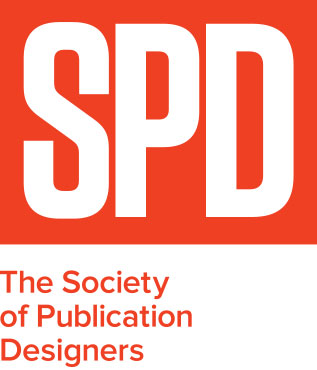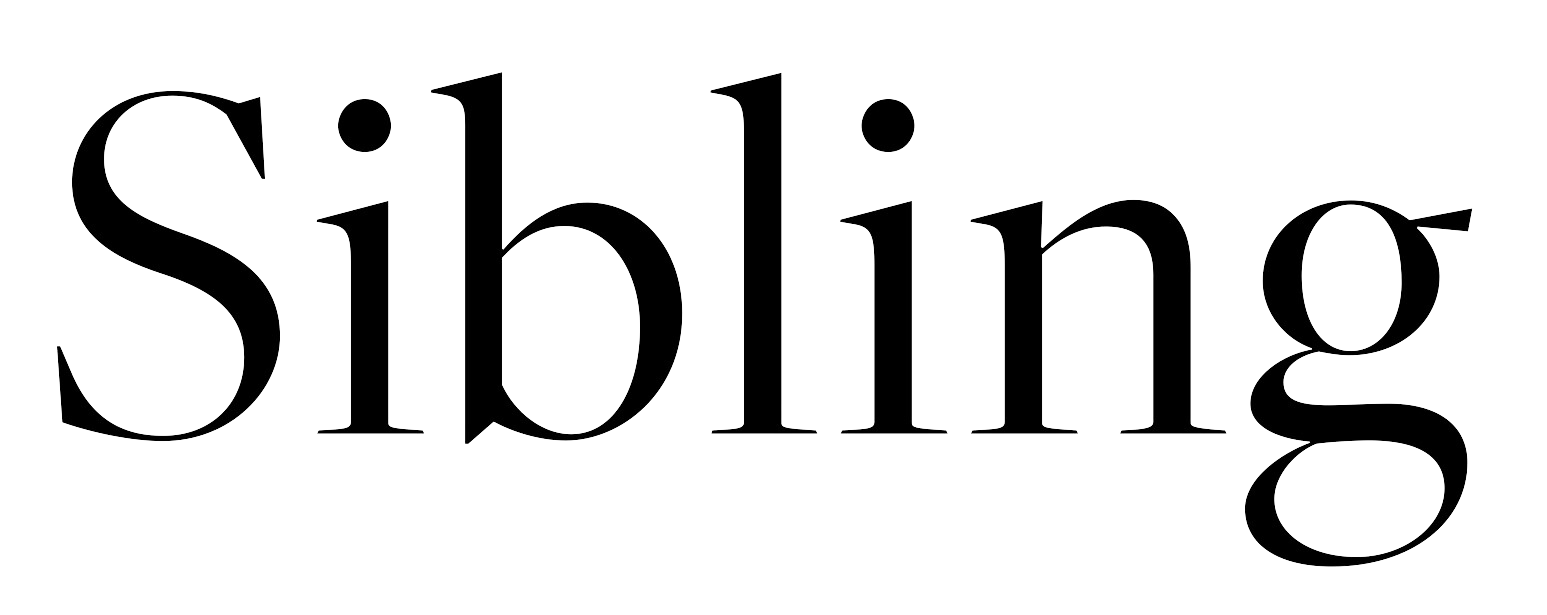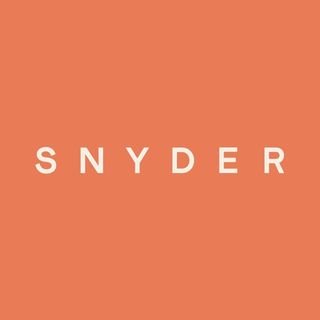Pop-Up Magazine's Spring Issue: At Home
/At the end of May, Pop-Up Magazine streamed their first-ever virtual show. Adapting to nationwide shelter-in-place orders, the Spring Issue: At Home transformed their production to an online experience that could be watched from the comfort of your own home. SPD chatted with some of the team behind this issue including Anita Badejo (Executive Editor), Rebecca Chew (Art Director), Annie Jen (Art Director), Leo Jung (Creative Director), and Megan Lotter (Digital Designer) as they walked us through the production of the show. Read more to learn how it all came together and watch the Spring Issue: At Home here.
SPD: Tell us about The Spring Issue: At Home.
Anita Badejo, Executive Editor: The Spring Issue: At Home is our first ever online show. It still features the signature elements of a live Pop-Up Magazine show — new, nonfiction stories, a diverse mix of storytellers from different mediums and backgrounds, original music from our house band, Magik*Magik Orchestra, and beautiful illustrations, animations, and film — but instead of being presented on stage in a big, beautiful theater, they're all presented on screen. At any given moment, you might be watching some combination of the storyteller, a musician in the band, and art or film, making for a unique experience that we like to think of as a cross between a live performance, a video, and a comic book. The stories all speak to this time in really interesting ways, be it through the experiences of doctors, high school seniors, houseplant owners, or comedians on long bus rides (remember those?). There are all sorts of moments — hilarious, heartbreaking, and thought-provoking — packed into just under an hour.
SPD: Normally, Pop-Up Magazine would be preparing to tour the country with its Spring Issue but due to the pandemic you had to shift to a virtual presentation. What were the conversations like when Pop-Up decided to produce its first-ever online show?
Anita Badejo: Like so many other live shows, we were heartbroken when we realized we wouldn't be able to gather people in theaters. Throughout our history we've been known for being ephemeral, not recording our shows for public distribution. There's a certain magic and presence that comes from watching something in person, surrounded by others, that we've always tried to honor. The pandemic turned all that on its head, and compelled us to reimagine the show as an entirely digital experience. It wasn't long before we realized that with that shift also came tremendous opportunity.
For the first time, we've been able to reach audiences unlimited by place, time, or ticket price and collaborate with storytellers and performers who might not be able to go on one of our tours. We knew from the get-go that we wanted to make something that still preserved the essence and DNA of our live shows, but that was satisfying to see on screen. We weren't sure that was possible at first, but we dove in head-first. One of our senior producers who is an incredible video editor led the charge on leading the team through the production. The rest of our story producers identified which of the stories we had already planned for the Spring [that] made sense in this format and found others to round out the lineup. Our music director immediately started experimenting with how to rehearse and record the band virtually. Our production manager assembled filming kits and had them shipped to contributors across the country. And of course, the art department came up with a design and identity for the video that both reflected the live show but is also totally unique and captivating in its own right.
SPD: How did designing for the production change when the show was moved online? Are there certain assets you had to produce that you normally don’t work on for the show?
Leo Jung, Creative Director: For the live show, there are generally three elements that bring the story to life: the storyteller, the band, and the art on screen. We’ll weigh in on other visual elements if there are any (performers, lighting, projections, etc.), but generally the screen is our canvas.
When the show moved to a video format, the screen became the theater — which meant commissioned art needed to share space with [the] storyteller and music. Commissioning art wasn’t very different, but designing the screen to accommodate the other elements was probably the greatest challenge. We’re so used to not seeing narrators and musicians in videos that it seems counterintuitive to include them. For us, each element is so integral to the storytelling that we wanted to make sure they were represented.
Controlling what the visuals are and the timing, pacing, scale of them has always made us quasi-video editors, but adding footage of storytellers and musicians added a level of complexity that was, initially, quite overwhelming. Should the storytellers be standing, sitting, looking at the camera, off-camera? What angle should the musicians be shot? What should they be wearing? These were more plates than we were used to juggling. Thankfully we had a solid team of producers and an experienced video editor to guide us through that process. With a lot of open communication, there was some semblance that we knew what we were doing — even though we often didn’t. After some arduous experimentation early on, we eventually started to understand what worked and what didn’t.
SPD: Are there any major differences to the At Home version of the Spring issue than what was originally planned?
Anita Badejo: Yes and no. Some of the stories were newly commissioned for the video, as not all of our original stories translated from the stage to the screen. And the dances were entirely inspired by the pandemic, since during this time when almost all of us are confined to the same spaces day in and day out, we felt it was important to have movement represented [in] the show. The pieces created by each of the dancers / choreographers we reached out to ended up being so moving and poignant. That being said, what was so interesting to us when we sat down and looked at our original lineup is that several of the stories we had already planned to feature in the live show were actually perfect for this time. We reached out to Darryl Cheng of @houseplantjournal as we've known that houseplants have been having a bit of a moment for a while now. But they've taken on an entirely new meaning now that they're the only living creatures in some people's homes apart from themselves. For humor writer Mia Mercado's story, we initially planned to give everyone in the audience a greeting card as a souvenir for coming to the show, which we had to let go of. But instead, the shift to video gave our music director the totally inspired idea to use office supplies as instruments, transforming that story's score into one of the most playful and engaging parts of the show. And when we had first assigned Alejandra Vasquez's film about high school mariachi in Texas, we had hoped to have the student musicians perform live in theaters at the end. The virtual performance of those teenagers in their bedrooms is just as, if not more, moving.
SPD: What have been the challenges of planning/designing/producing this show remotely?
Annie Jen, Art Director: The production of Pop-Up Magazine is truly a group effort and relies a lot on communication among the team. So it becomes challenging when everyone is [in] different locations and time zones. We managed to be more diligent in communicating and make things work for one another.
Leo Jung, Creative Director: Yeah, working remotely is hard. There’s something that’s lost when people communicate solely via slack or email. Emojis are a pathetic replacement for the nuance of language, tone, and expression. Video-conferencing helps a little, but very quickly, people begin to suffer from meeting fatigue. Since we were making something we’ve never made before, our processes no longer applied. Mix in the fact that every colleague’s living situation is different, and you quickly realize this is not going to be easy to pull off.
We’ve never had to adapt the live show to digital before, so it was uncharted territory for us. What we do is rather unique: We tell a collection of unpublished stories, we compose music for them, and we commission art for them. Each component contributes to an interdependent dynamic of bringing the story to life. So we knew we didn’t want to hide any of those pieces. We wanted to remind folks that while you’re hearing someone tell a story from Portland, someone was playing a vibraphone in L.A., and someone painted the art in New York. There’s beauty in that.
There’s also the challenge of making each of those components feel represented. In a theater, an audience member can choose to shift their focus to different components whenever they wish. In a digital setting, you have to guide their focus. Without it, it’s easy to get lost and confused.
SPD: What is the design process like for each story?
Annie Jen, Art Director: The approach of the design process is similar to approaching editorial design. The first step is to figure out a prototype that could work for the show: considering all the elements that makes up Pop-Up Magazine (a range of different types of storytelling, different visual treatments, contributors and music footage), how do we make each story look different but still feel like they are all part of the same look?
When drafts of the story are shared, we will have a meeting with the producers and music director to discuss whether this story would benefit most from illustration, photography, film, or a mix of all three elements.
The Art Department usually focuses more heavily on illustrated/animated stories. When we get a draft of the story, we will start to mark up the script, deciding what are some of the most visual moments from the story, and start considering what will be the best approach for this: Is it illustration? Is it animation? Or a combination of both? What kind of style and pacing do I want the scene to have? Is there any interesting transition that I need to consider? Since you’re working on a timeline, you’re not only considering one single moment but how to pace the visuals out to keep the story going.
SPD: Can you walk us through The Spring Issue: At Home’s visual identity? What are the major creative elements?
Rebecca Chew, Art Director: We wanted an identity that feels tactile and handmade, similar to the way our Winter Issue’s identity employed a painted stroke, but also something that could stand on its own as a new event with new content. To achieve that, we hired Stina Persson for her watercolor plant illustrations, with all their drips and layered washes. The identity was never intended as simply a static graphic, and we wanted to take advantage of motion to make it come alive by animating paint to spread and reveal the plant illustration. A well-watered garden budding with new growth was the feeling we were aiming for. The strong bright-green background and bold Knockout type serve to complement, by way of contrast, the wispy and gauzy illustrations. And when we found out that we could no longer bring the show on the road, “At Home” was hand-lettered in to reflect the scrappy way we’re working through this unprecedented crisis.
Megan Lotter, Digital Designer: Over the past few issues, we have been further developing and exploring the motion design of our identity systems. Rebecca and I worked in tandem on this aspect of the identity in its early stages before shelter in place. We had certain expectations for how motion would be applied to our live show and social assets, but as we quickly pivoted and adapted to developing the Spring Issue to live online, our whole team came together to develop totally different ways of exploring motion in relation to the identity. How we adapted our show opener and title cards (both things our live-audience friends will recognize from our live shows) are great examples of this. How could we create parts of our digital show that still felt intimate, considered, and uniquely Pop-Up? We developed a stop-motion approach to create a narrative thread throughout the show, choosing to shoot home environments that tied into our contributors’ home environments.
SPD: What are you most looking forward to with the At Home issue?
Anita Badejo: For years, we've had fans of the show wish that they could package it up and share it with their friends and family in cities and countries where we don't currently tour. I'm so excited that, for the first time, people can share a Pop-Up Magazine show. I can't wait to hear what new viewers think of the experience.
SPD: How do we watch The Spring Issue: At Home?
Anita Badejo: You can watch it on our website at popupmagazine.com/watch or stream it directly from our YouTube channel (and while you're there, why not subscribe?!). It will live on our channel permanently, so you can watch it anytime you like!




